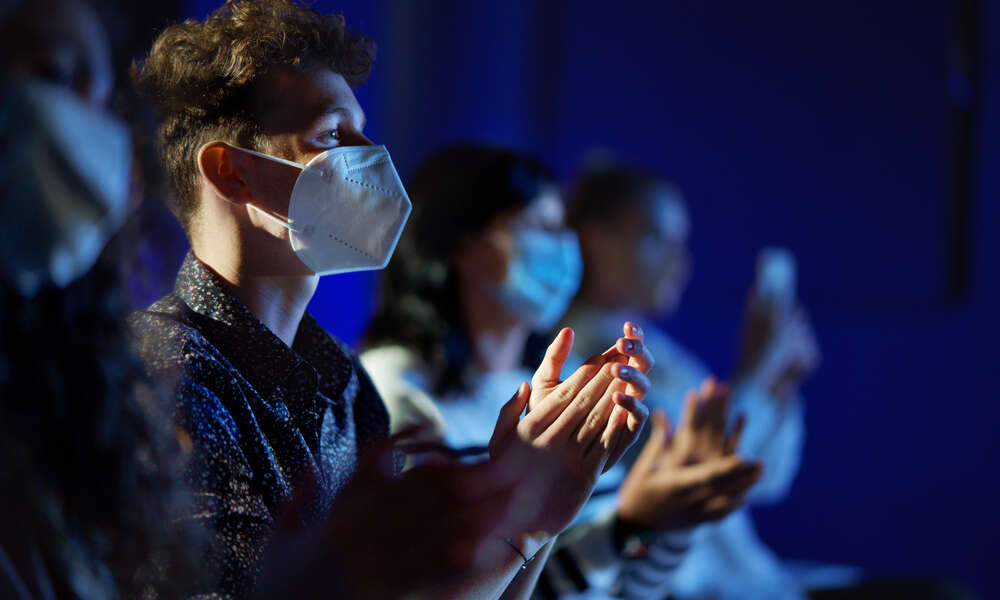
In-Person Events: What Association Meeting Planners Can Expect
One association that has resumed in-person events has advice for planners getting ready to do the same: Be prepared for reduced attendance initially, and communicate regularly with attendees about onsite service levels and safety protocols.
In-person events are coming back steadily, and while organizations want to return to normal, health and safety protocols and staffing shortages at some venues and local businesses are making gatherings different than they were pre-pandemic. The National Rural Electric Cooperative Association, which has hosted nine events of varying sizes since August, has some insights about what other groups who have yet to meet might expect.
Tracey Steiner, NRECA’s senior vice president of education, training, and events, said there may be a decline in attendance compared with pre-pandemic levels.
“There’s a lot of talk about people wanting to get back, but we’re not seeing that fully realized in the numbers yet,” she said. “So, a decline in in-person participation is to be expected, and that will vary across associations and their memberships and what they have going on.”
Event planners should also expect that the return to in-person will bring mixed emotions. “While it does feel good to be getting back to what we know and what we love to do, there is anxiety and stress about, are we going to be able to implement these protocols? Is the venue going to be able to provide us the support and level of service that we need?” Steiner said.
She noted that a nationwide labor shortage may impact events, so planners should discuss the issue with the venue in advance to understand how service levels might be different. For one NRECA event, staffing fluctuations meant it took a while to nail down whether the venue would have enough staff to offer a manned buffet or if they would serve a boxed lunch instead.
“Have some patience and be able to talk through your options with your venue—and confirm their ability to deliver on expectations,” Steiner said. “Just don’t go in and assume it will be like it was before, where you come in with your wish list and all you’re waiting for is them to tell you how much it is going to cost.”
Communicating with Attendees
With many variables in flux, it’s important to communicate and set appropriate expectations with attendees.
“Preparing your attendees for what they can expect in terms of level of service is important,” Steiner said. “We really amped up the communication to our members.” For example, they let members know that some hotels didn’t have daily housekeeping service or valet parking, and venue restaurants and coffee shops might have reduced service hours or be closed.
In one case, NRECA hosted an event in a location that didn’t have a mask mandate, which differed from the association’s protocols. They asked hotel staff—who weren’t masked elsewhere—to wear masks when in the NRECA event space. They also trained association staff on how to best deal with member questions about safety protocols.
“We increased our internal communications, putting talking points together for our onsite team to address attendee concerns,” Steiner said. “And then we gave them some coaching. … The fact that we had prepared for this and talked it through helped our team be more comfortable.”
(Halfpoint/iStock/Getty Images Plus)






Comments